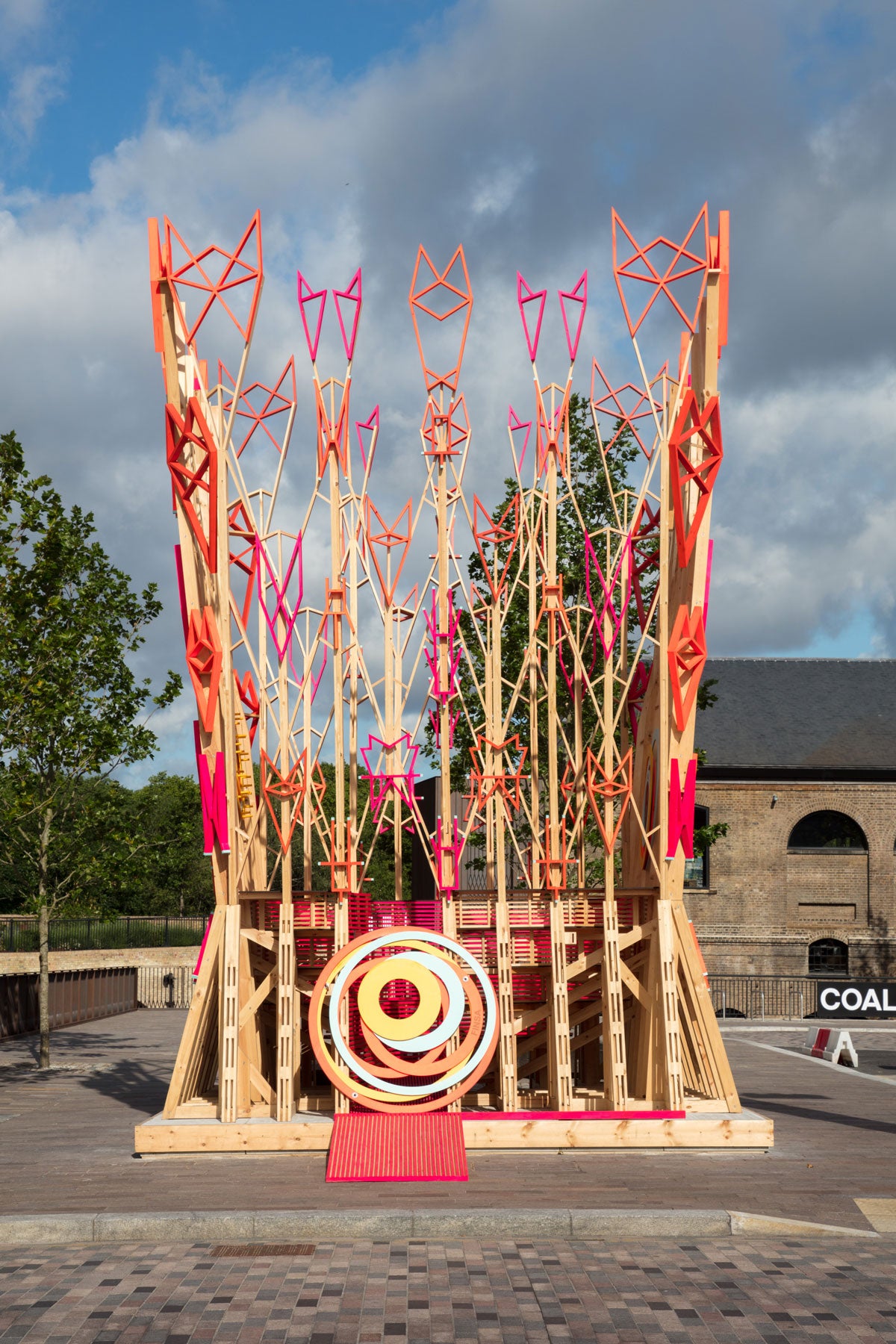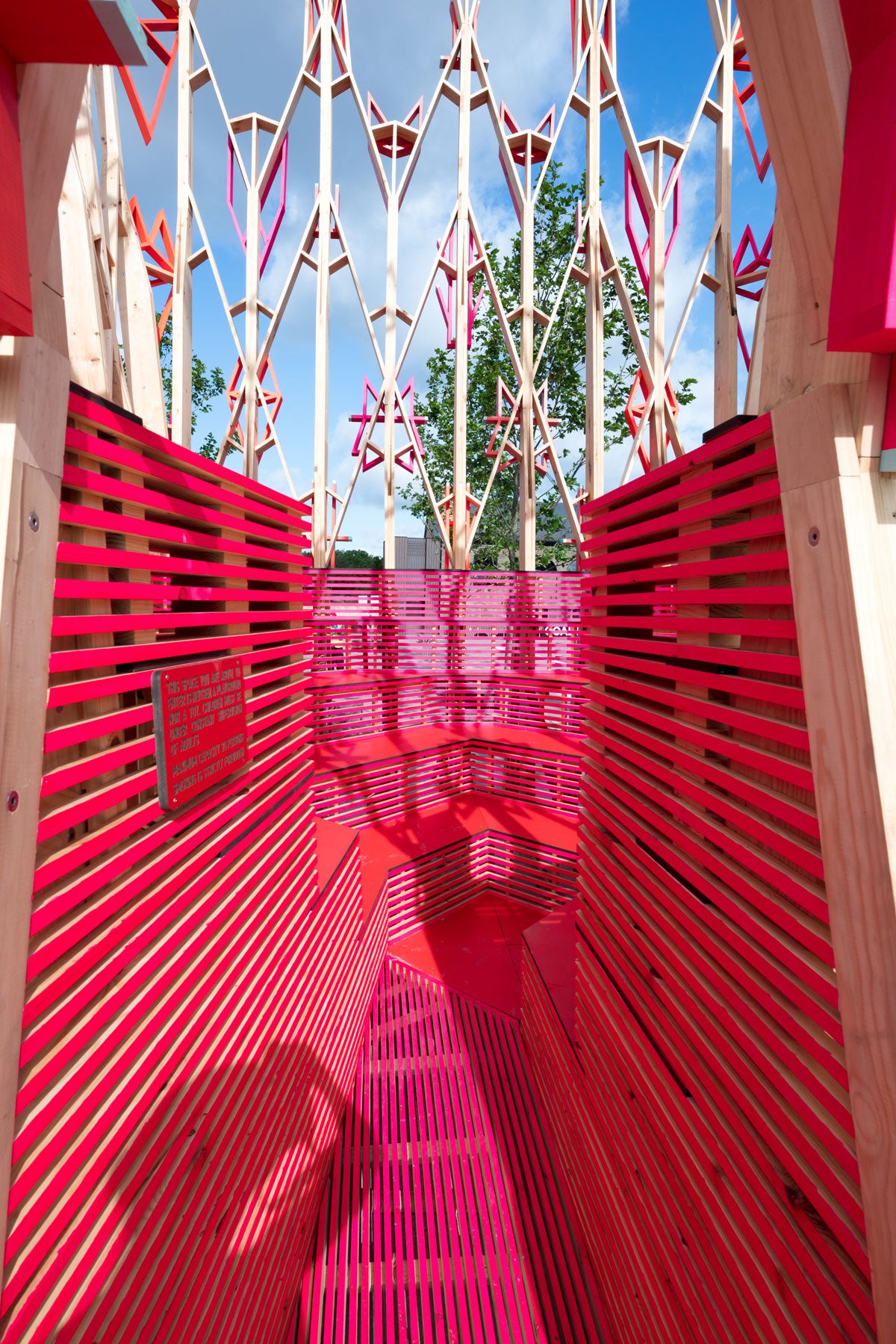Seven years ago, a space with a different view of architecture opened its doors in downtown London. Beyond the appreciation of this art, its study, and contributions, what the Museum of Architecture (MoA) is after is its protection, in addition to promoting its constant growth.
Making architecture accessible for all people is one of their main goals, reason why the museum has dedicated to promote the industry’s growth through resources to encourage new ventures, opportunities to collaborate, and networking among architects. It has also organized numerous showings, open to the public so they can learn more about what goes on within the architectural world and how it is linked to contemporary culture.
Exhibitions, events, lectures, and public installations have been held for 12 years with the effort of this museum’s managing team, which began with a pop-up concept. Its history began in 2006, as an itinerant gallery named Nous Gallery, founded by Melissa Woolford (who continues to be the director today), Paul Coates, and Christian Derix, who wanted to create a platform where emerging architects could show their most innovative research and new technologies to be used in the industry. The first exhibition was held on Gifford Street and attracted more than 200 people. In 2012, this gallery was relaunched, now as the Museum of Architecture, following the same purpose: being a driving platform for those creative individuals in search of transforming the future of the community through space.

Design with a business approach
In addition to the exhibitions held regularly, the museum has created a business academy (MoA Business Academy: Entrepreneurship for Architects), where they develop the skills needed for architects to become better entrepreneurs.
As part of their courses and workshop program, they try to invite experts to talk about the different areas entrepreneurs have to master for their businesses to be successful and which often architects do not. The idea behind this academy is not only to make their own businesses grow but also for them to learn how to collaborate with other industries and find new approaches to generate income. Each course targets a different audience, from the directors of a firm to architects in search of making business or students. Workshops like Human Resources for Architects, Writing Skills, Planning, Leadership, and Public Relations have been offered by the museum in different locations.
With a pop-up essence
What started with a dynamic of ephemeral exhibitions and occasional efforts has not lost its essence entirely. Even though it has established, the museum continues to hold most of its initiatives outside its facilities. Inside, people focus on working to promote research, especially in the kind that discovers how architects are adding value to their work and how they can increase such value. It is thanks to these research efforts that lectures, workshops, and even exhibitions emerge.

The most recent one was “The Wooden Parliament By Finsa”, which was open all through June in Granary Square. This temporary wooden pavilion was made by Spanish architects Cristina Díaz Moreno and Efrén Ga Grinda. This wooden parliament was seven meters tall and played with geometric shapes created through lines of wood, among which seats were organized horizontally, so they were facing each other. The space was used to hold several events where the audience could interact more closely during The London Festival of Architecture.
In addition to the ephemeral exhibitions, the museum has created a series of workshops aimed to whole families. One of their most recent programs is the School for Creative Thinkers, where they invite children to attend workshops where they can develop problem-solving, design, and innovation skills. Encouraging the next generation of creative minds is the purpose of these workshops, which, even though aimed mainly to children, are also open so the parents can participate. These courses go beyond the walls, following the idea that creativity can emerge anywhere, reason why the Iverna Gardens were chosen for the summer course, where they teach young children about “nature’s architects”, animals that redesign spaces to create their homes.


